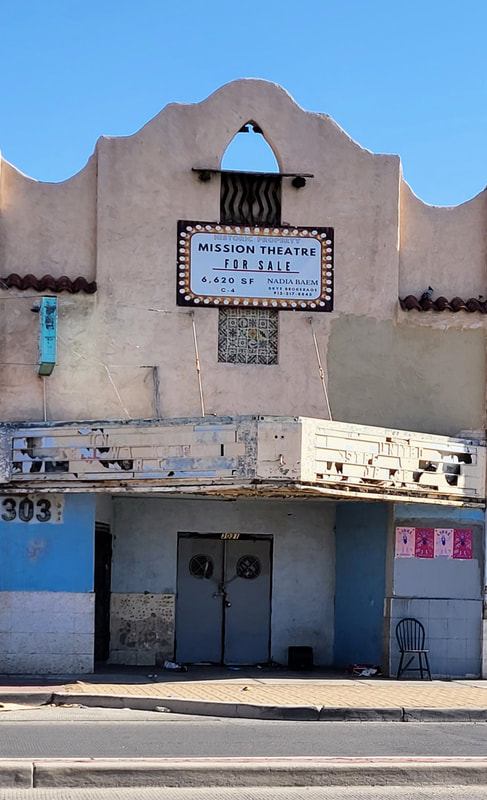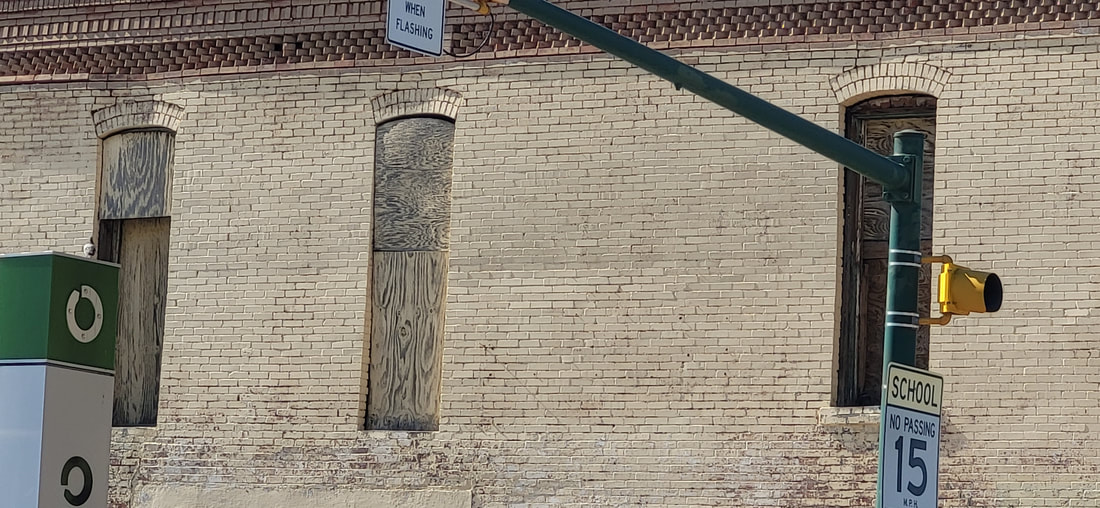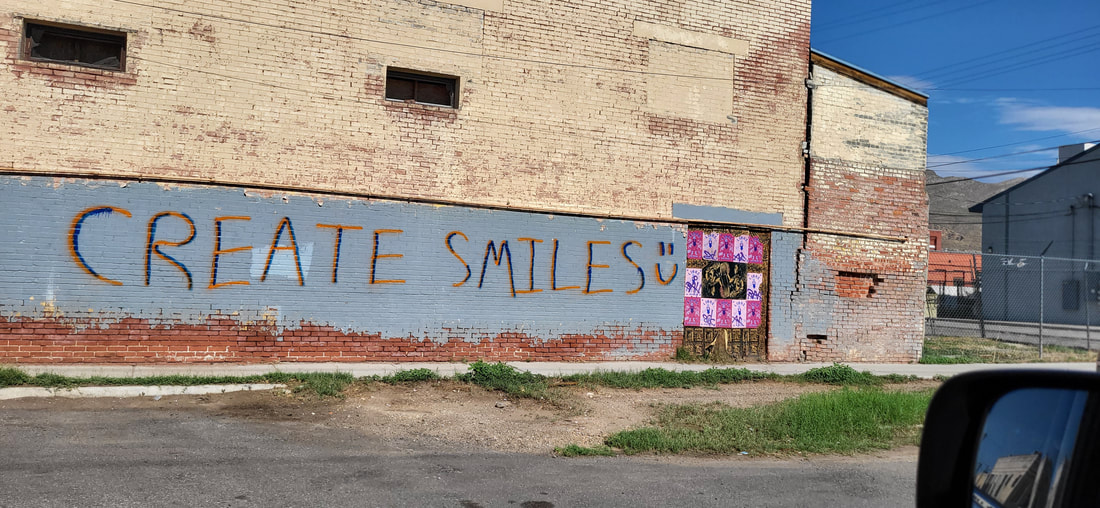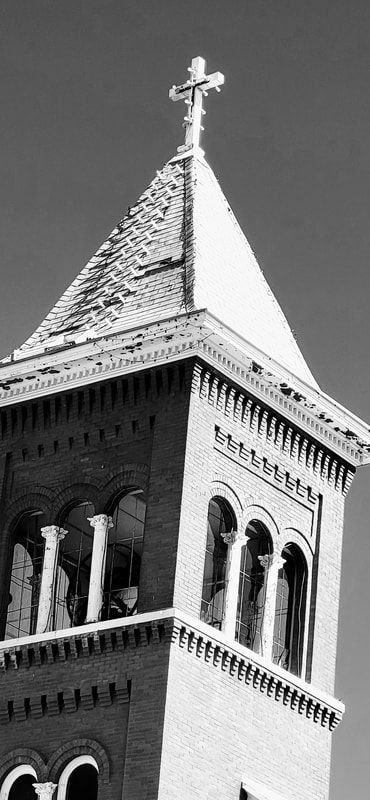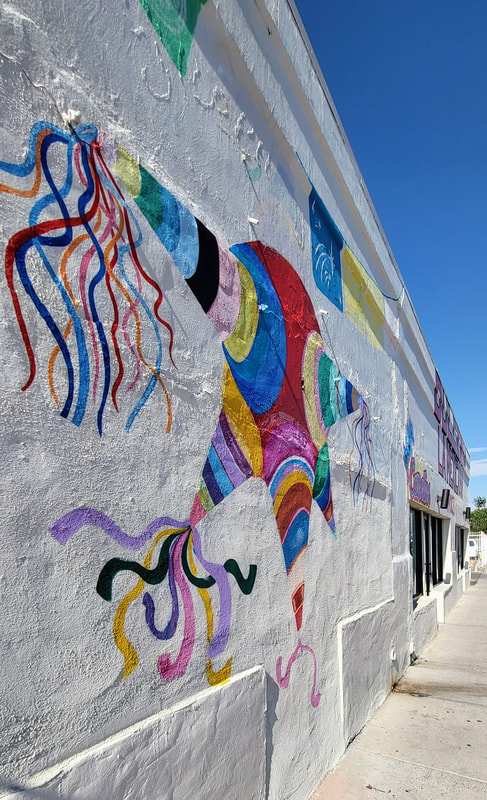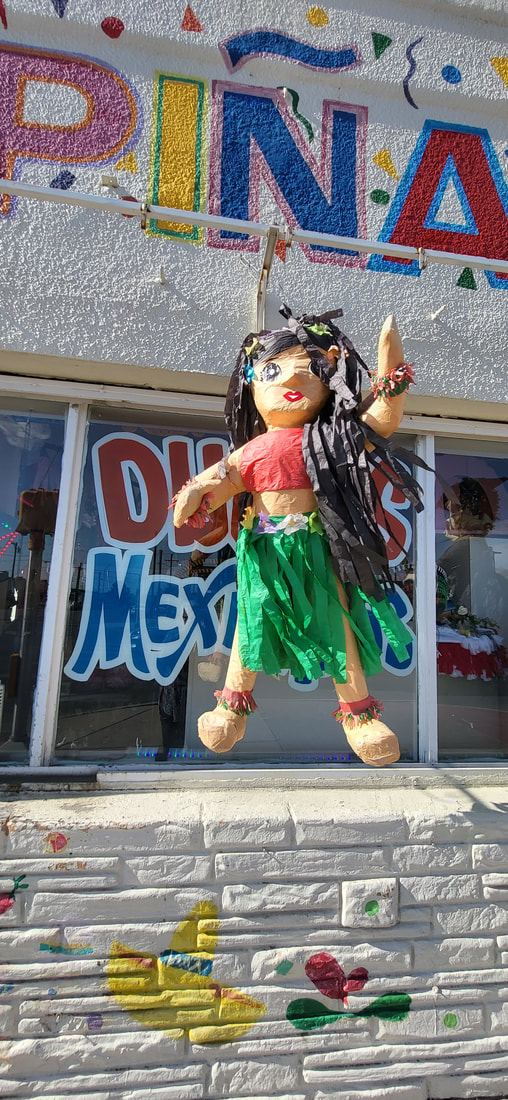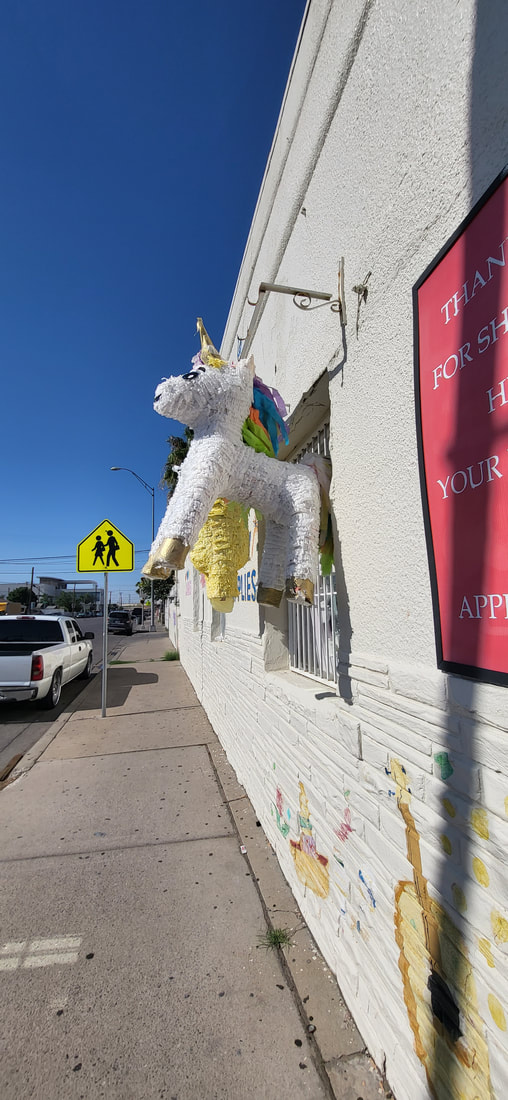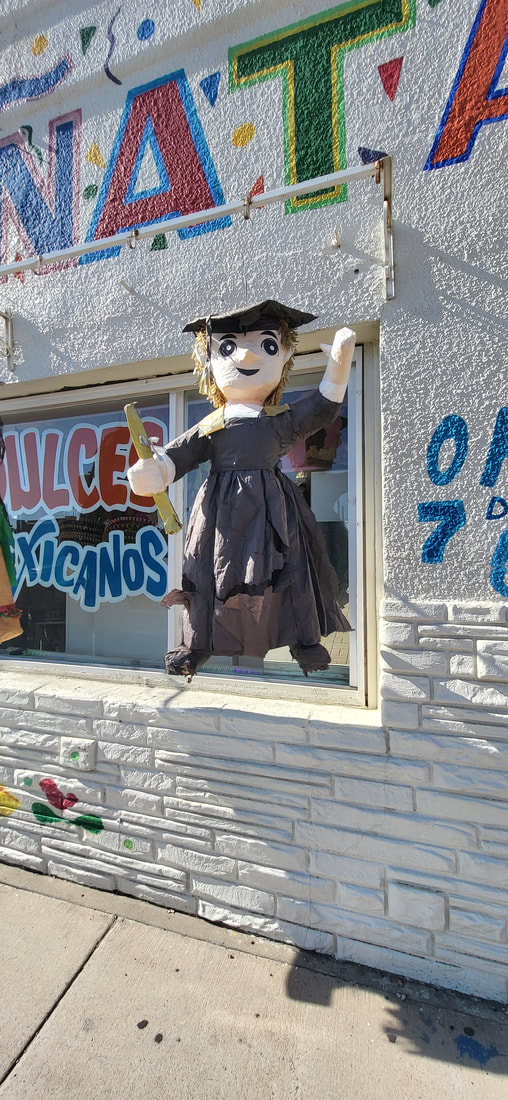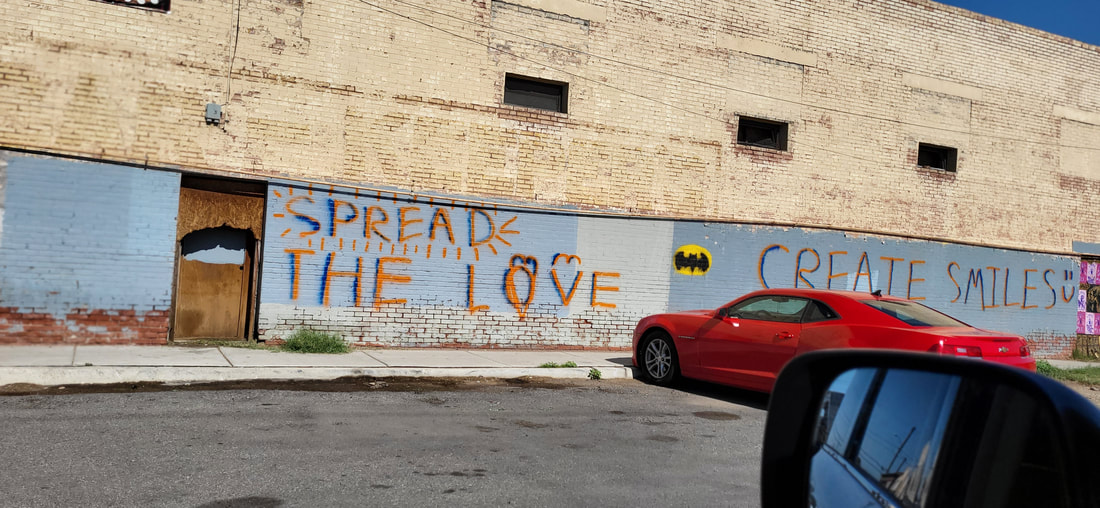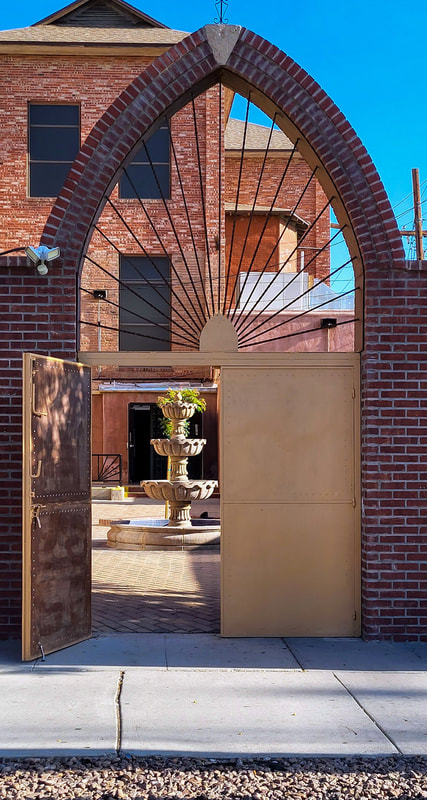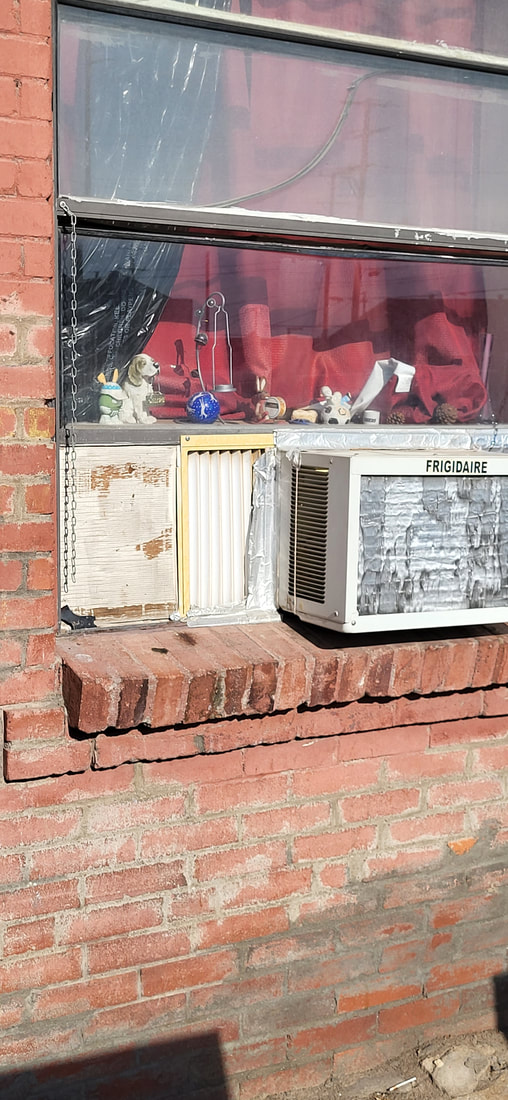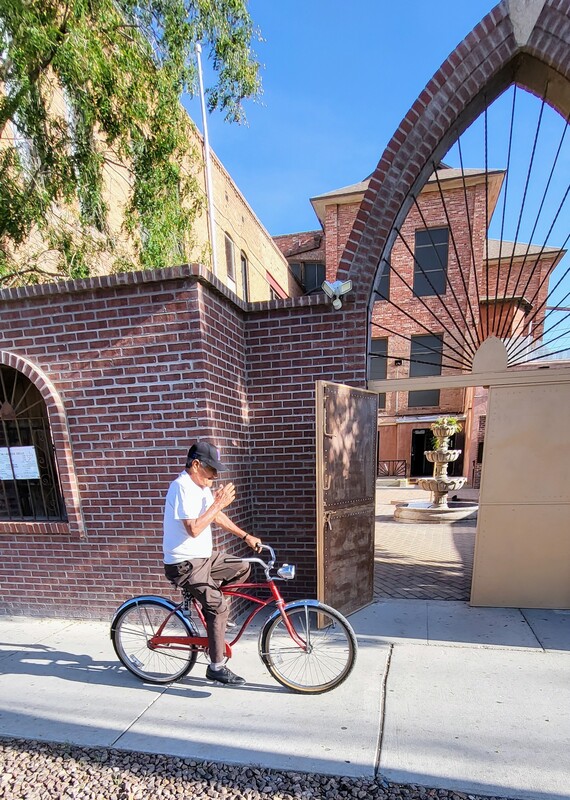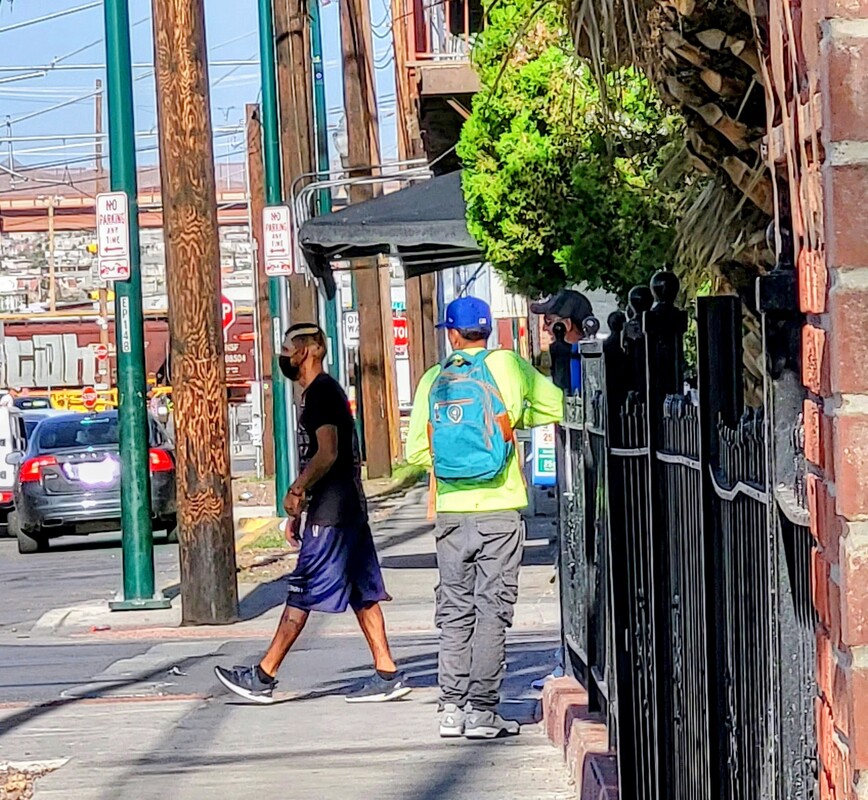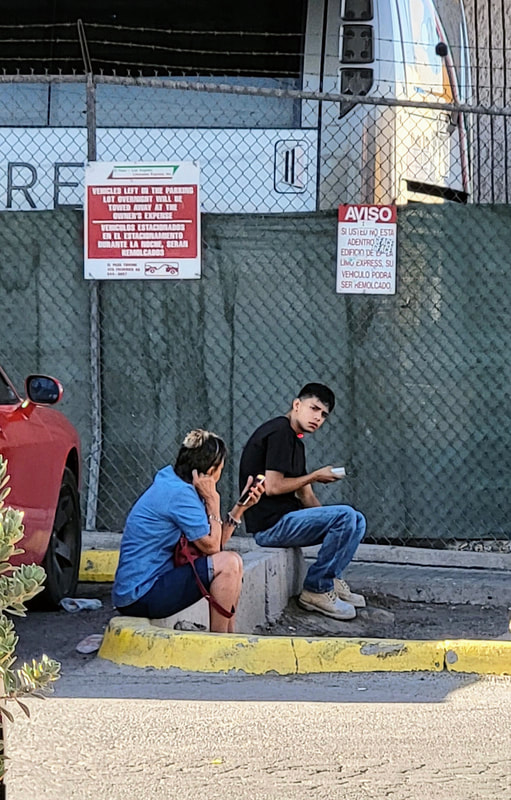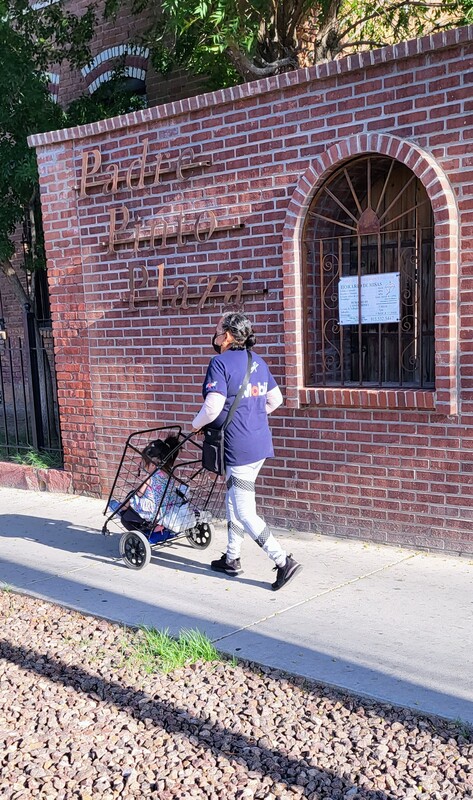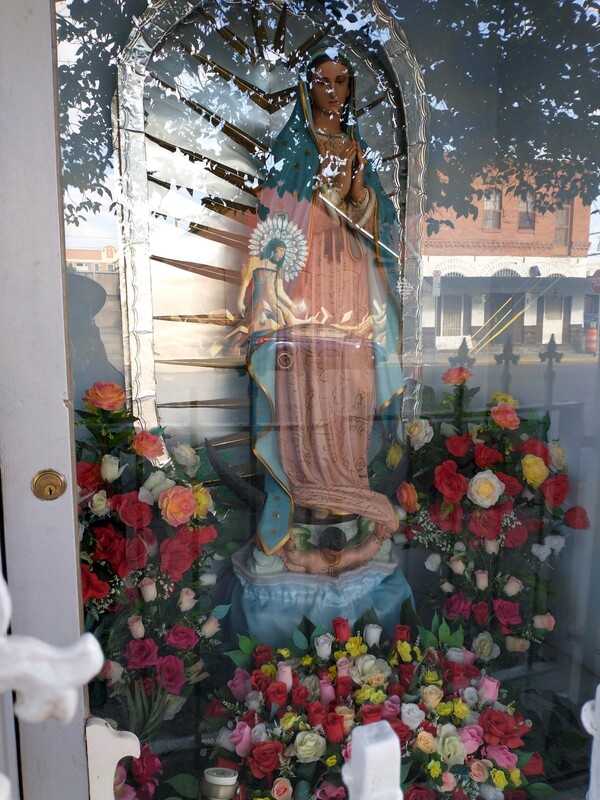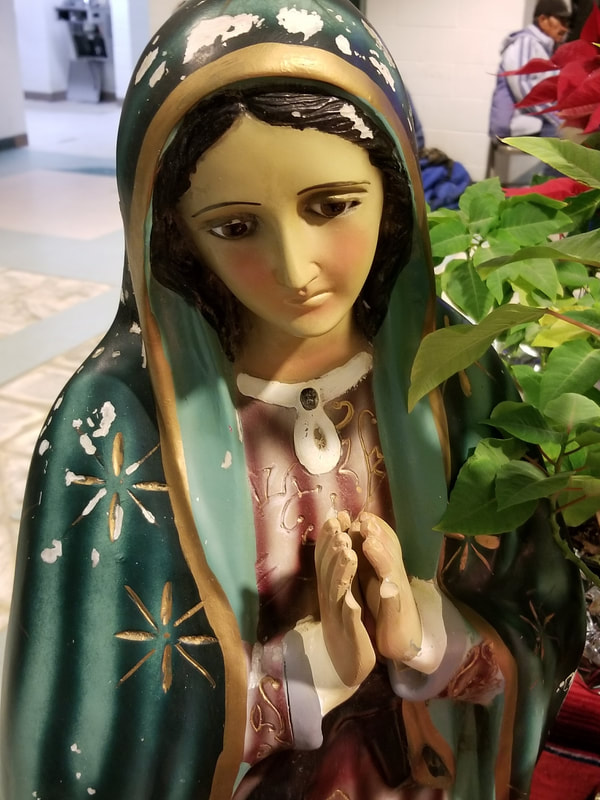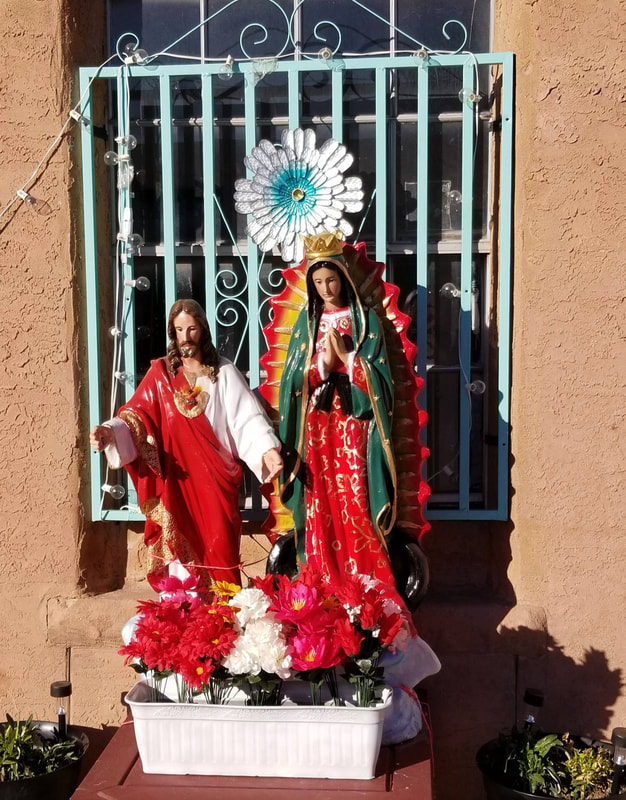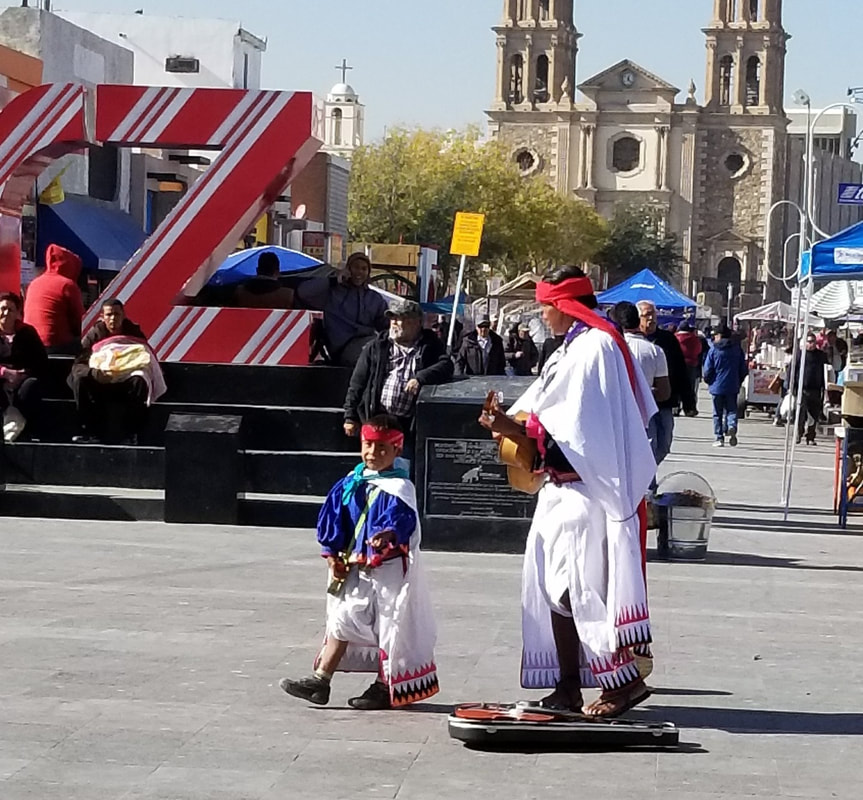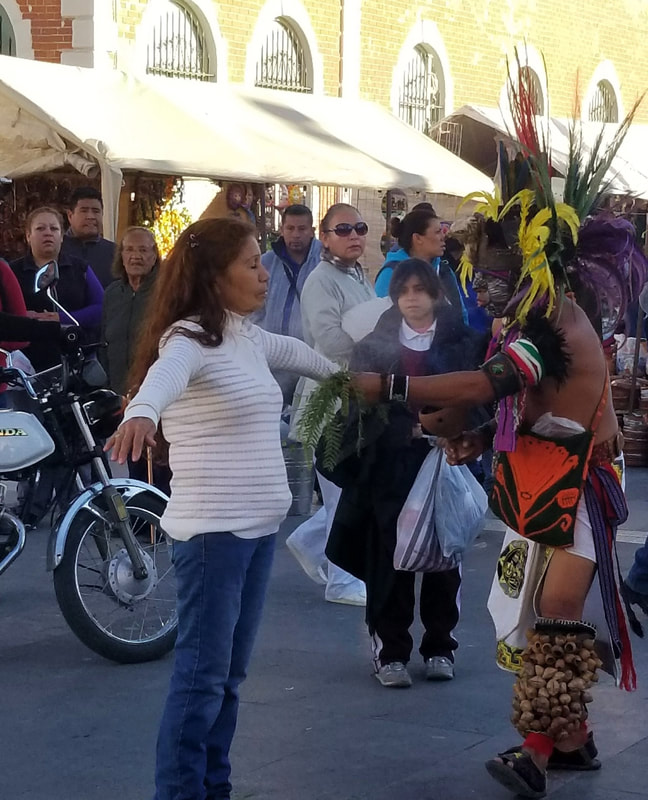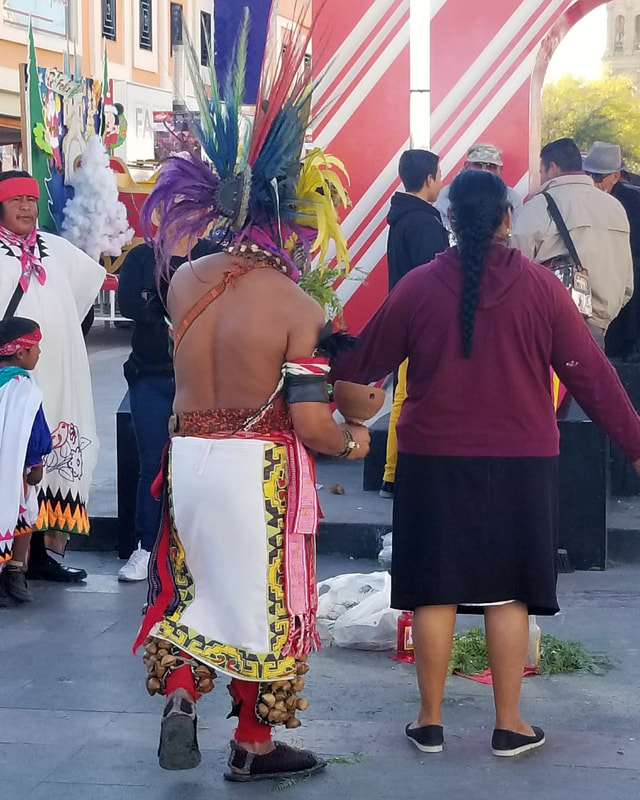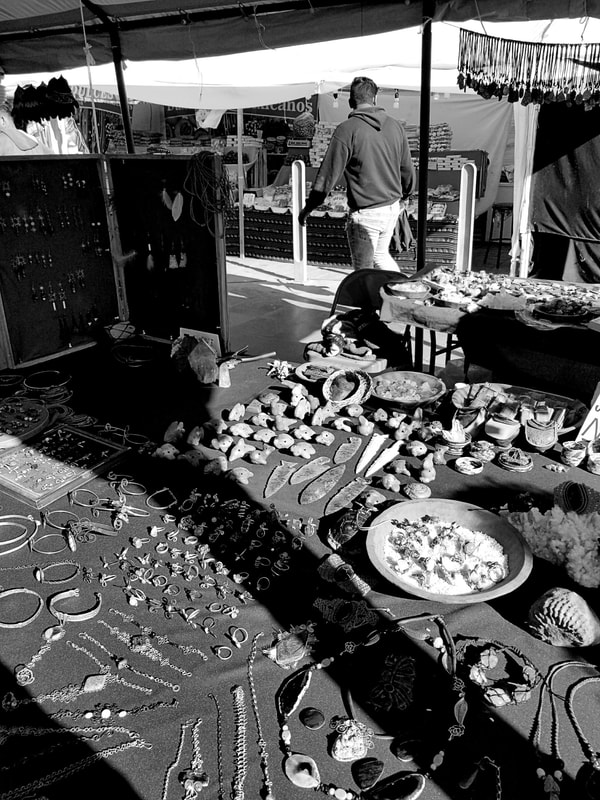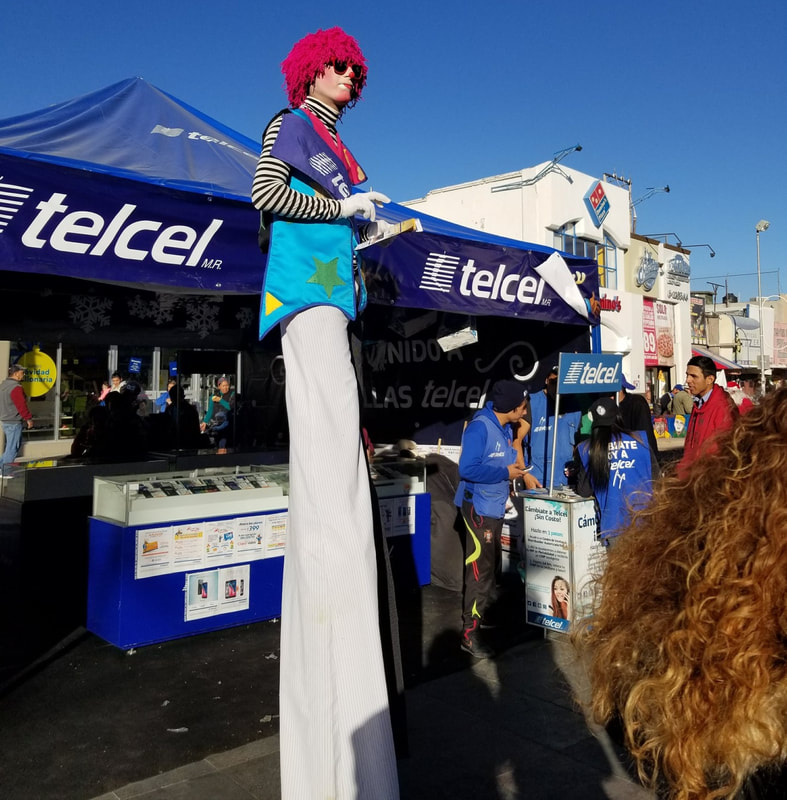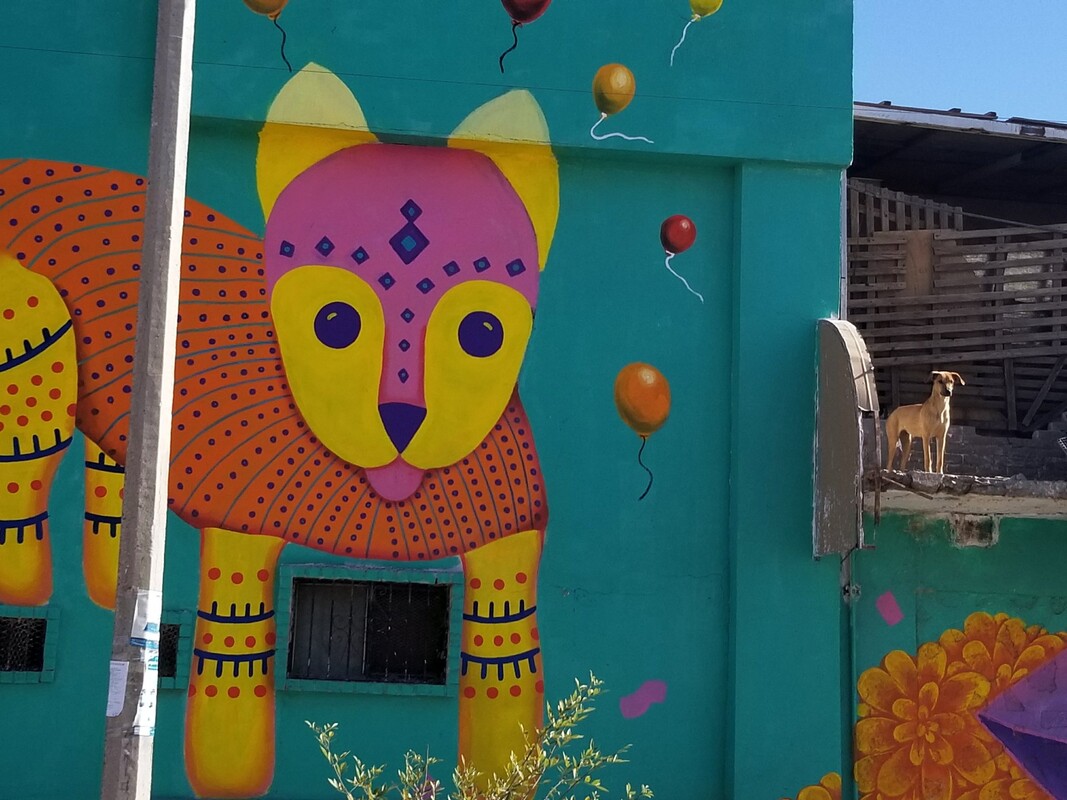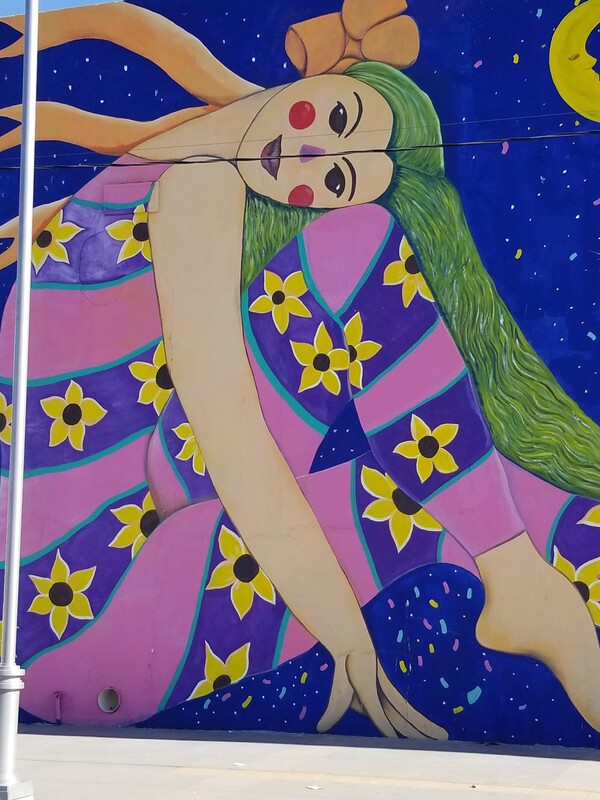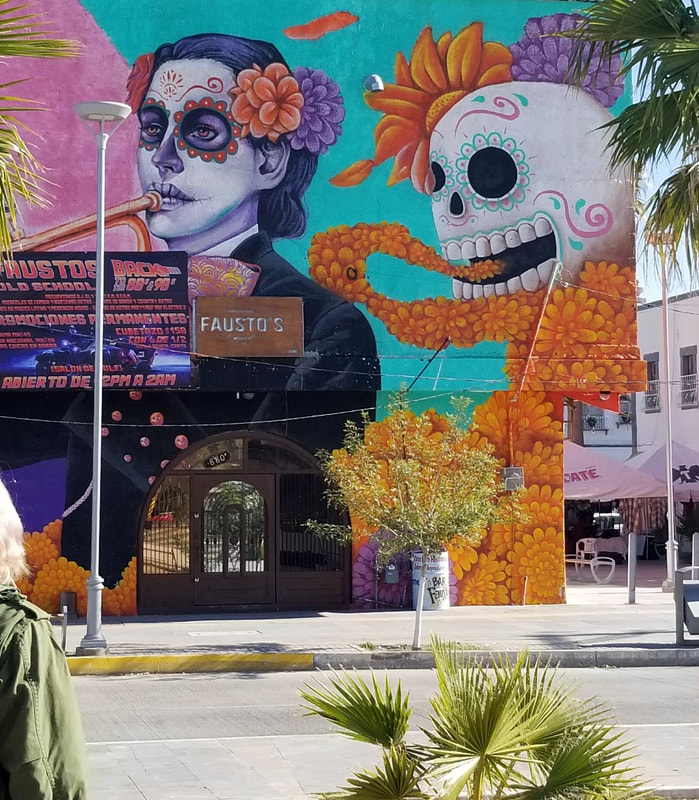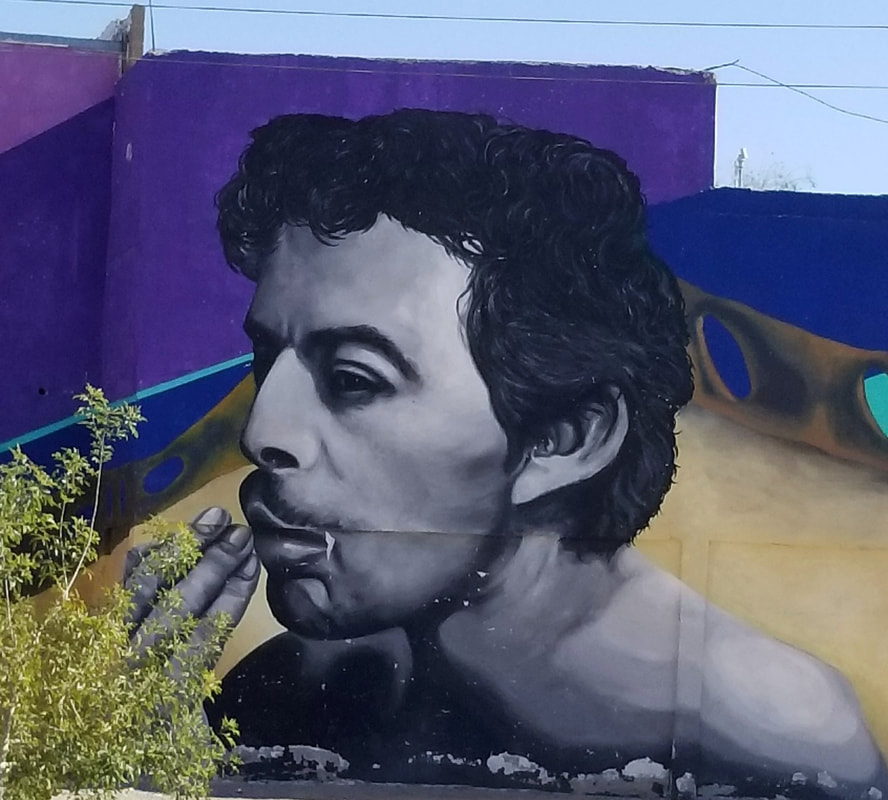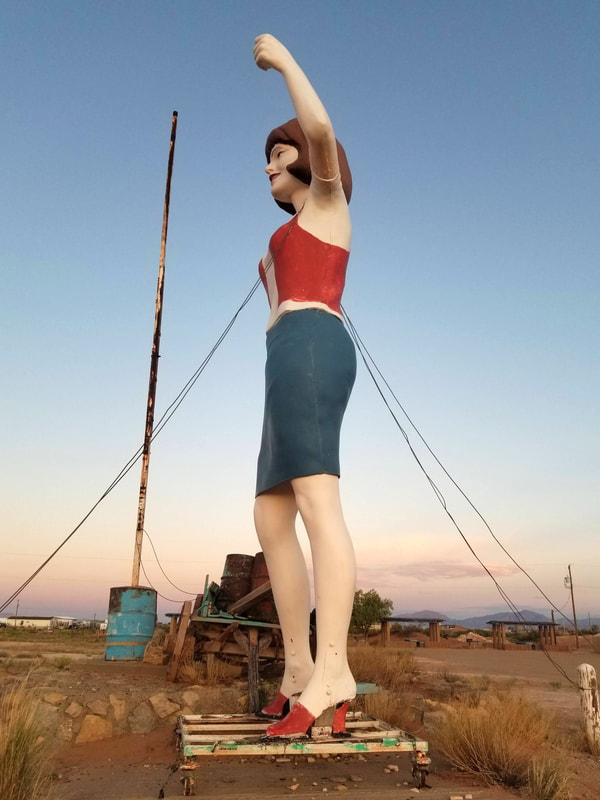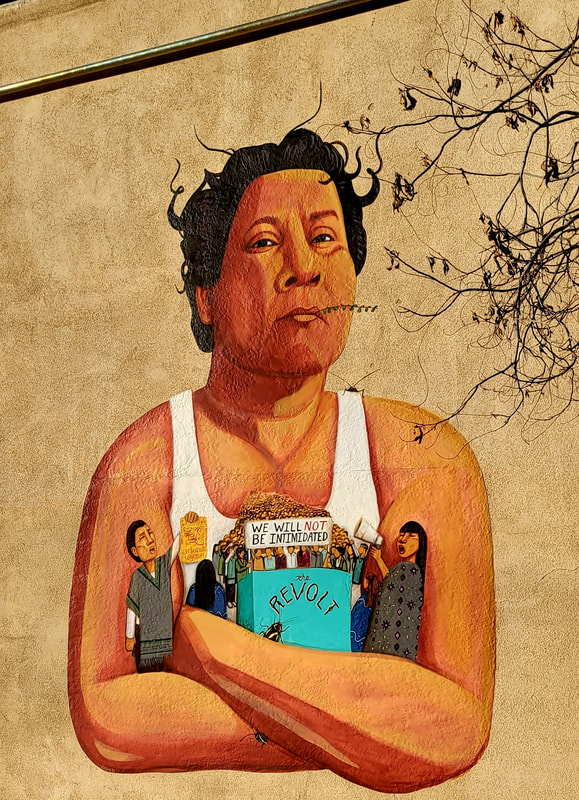YOLANDA CHÁVEZ LEYVA, PhD.
Director of the Borderlands Public History Lab & The Institute of Oral History
Associate Professor/ Department of History
University of Texas at El Paso
915-747-7048/ [email protected]
EDUCATION
University of Arizona, Ph.D. in U.S. History, 1999
University of Texas at El Paso, MA in Borderlands History, 1989
University of Texas at Austin, BBA in Management, 1977
ACADEMIC EMPLOYMENT
2016- Present Director, Borderlands Public History Lab and the Institute of Oral History
2015 Interim director, the Institute of Oral History
2010- 2015 Chair, Department of History, University of Texas at El Paso
2006- Present Associate Professor of History, Department of History, University of Texas at El Paso.
2001-2006 Assistant Professor of History, Department of History, University of Texas at El Paso.
1997- 2001 Assistant Professor of History, Division of Behavioral and Cultural Sciences, University of Texas at San Antonio.
PUBLICATIONS
Articles in journals and books (since 2000)
“Museo Urbano’s Border Immigration Dialogues” in Interpreting Immigration at Museums and Historic Sites. Sarah Pharaon, ed. Rowman & Littlefield Publishers / AASLH (2016).
“Healing the Borderlands across the Centuries” in Grace and Gumption: The Women of El Paso. Texas Christian University Press (2011)
“There is a Great Good in Returning: A Testimonio from the Borderlands.” Women's Lives, edited by Kathleen J. Ferraro (Allyn & Bacon, 2008).
“Cruzando la linea: Engendering the History of Border Mexican Children during the Early 20th Century,” Memories and Migrations: Mapping Boricua and Chicana Histories. Edited by Vicki L. Ruiz and John Chávez, editors. (University of Illinois Press, 2008.)
"Monuments of Conformity: Commemorating and Protesting Oñate on the Border," New Mexico Historical Review, Volume 82, Number 3 (Summer 2007).
“There is a Great Good in Returning: A Testimonio from the Borderlands." Gender on the Borderlands: The Frontiers Reader, University of Nebraska Press, 2007. Antonia Castaneda, Patricia Hart, et al, editors. Reprint of article.
Photo essay co-authored with Yolanda Retter, 500 Years of Chicana Women’s History, by Betita Martinez. (Rutgers University Press; Bilingual edition (December 15, 2007).
“In ixtli in yóllotl/ a face and a heart: Listening to the ancestors,” Studies in American Indian Literature, Volume 15, Numbers 3 & 4 (Fall 2003-Winter 2004). Inés Hernández Avila and Domino Pérez, guest editors.
“‘There is great good in returning’: A Testimonio from the Borderlands,” Frontiers: A Journal of Women Studies, Volume 24, Number 2 & 3, 2003. Special Issue: Gender on the Borderlands. Antonia Castañeda, guest editor.
"Breaking the Silence: Putting Latina Lesbian History at the Center.” Reprinted in Unequal Sisters: A Multicultural Reader in U.S. Women's History. Vicki L. Ruiz and Ellen Carol Dubois, editors. New York: Routledge Press, 2000.
Book manuscripts
Interpreting Latino History in Museums and Historic Sites. (Under preliminary contract from Rowman Little.)
Crossing the Line: Mexican Children along the U.S.--Mexico Border, 1880-1940. (Under preliminary contract from the University of Arizona Press)
Creative writing
“If a woman stands at the door, you can’t go it”: Jovita’s Story, April 1914,” in Between Guadalupe and La Malinche, an anthology of Tejana writers. Inés Hernández Avila and Norma Cantú, editors. Austin: The University of Texas Press. Forthcoming.
Poetry published in various journals and books, including La Voz de Esperanza, Cantos del Sexto Sol, Ixhua, Border Senses, A Tejana in Tenochtitlan.
AWARDS
Herbert Feis Award for Distinguished Contributions to Public History from the American Historical Association, 2017.
Outstanding Public History Project from the National Council on Public History, 2013.
Distinguished Service to Students and the University Award, 2013.
La Mujer Obrera Award for promoting and uplifting the rights of women on the border, 2012.
FELLOWSHIPS, GRANTS & BOARDS
Board of Directors, the National Collaborative for Women’s History Sites. (2016-2018).
Board of Directors, the National Council on Public History. (2016-2019)
Texas Higher Education Coordinating Board Mexican American Field of Studies Advisory Committee. (2016-2017)
Humanities Texas grant for “Teaching History and Geography for the 21st Century through Digital Maps,” 2014-2015. ($6,773)
International Coalition of Sites of Conscience National Immigration Dialogues funding for local dialogues through Museo Urbano, 2014-2015. ($5,000) Funding from the NEH and the IMLS.
Humanities Texas mini-grant for “The Mexican Revolution and Beyond: An Outdoor Exhibit of South El Paso’s History.” 2012-2013. ($2500)
Texas Historical Commission grant for Museo Urbano. Dr. Paul Edison was PI and I administered the grant. 2010-2011. ($10,000)
National Endowment for the Humanities Summer Institute Fellow, 2004.
Ford Foundation Postdoctoral Fellow/ Visiting Scholar, Center for Mexican American Studies, The University of Texas at Austin, 2000-2001.
PUBLIC HISTORY
2016:
Designing and implementing exhibit/ dialogue project on the school to prison pipeline, in collaboration with La Mujer Obrera and the International Coalition of Sites of Conscience.
2015-16: Research, design of “Though the Eyes of a child” exhibit for the El Paso Museum of History
2015:
Curated exhibit with our community partner, La Mujer Obrera, as part of a fundraising campaign.
Supervising creation of Bracero archives with community partner, Centro de Trabajadores Agrícolas (The Border Farm Workers Center).
2014:
Provided dialogue facilitation training to emerging international sites of memory in Sao Paulo, Brazil at the “Memory: A Pillar of Transitional Justice and Human Rights Conference" sponsored by the Brazilian government and the International Coalition of Sites of Conscience.
Directed an oral history project with former members of the El Paso Boy’s Club.
Curated a museum exhibit at Café Mayapan with our community partner, La Mujer Obrera.
Developed a new dialogue format for the National Immigration Dialogues, funded by the International Coalition of Sites of Conscience (ICSC) through funding from the National Endowment for the Humanities and the Institute for Museum and Library Sciences. This was part of a longer dialogue project with the ICSC beginning in 2011.
Supervised graduate student research and curated a museum exhibit at Café Mayapan with our community partner, La Mujer Obrera in conjunction with immigration dialogue project.
Served on the advisory committee on the Hispanic Tour Guide of Texas for the Texas State Historical Commission.
Curated “Viva la Causa,” at the Centennial Museum, an exhibit highlighting the Chicano Movement at UTEP. The exhibit was the result of graduate student research and design over the course of three semesters.
2013:
Developed exhibit, "Encuentro con los Antepasados: Traditional Medicine in the Borderlands," to debut in conjunction with La Mujer Obrera’s feria de salud.
Co-organized “A World of Border Music: The African Roots of Mexican Music in collaboration” with Café Mayapan, La Mujer Obrera.
2012:
Received funding from Humanities Texas for “The Mexican Revolution and Beyond: An Outdoor Exhibit of South El Paso’s History.” The unveiling of the new historical banners occurred in February 2013 in conjunction with the 30th anniversary of the founding of Sin Fronteras. I also edited a booklet, Unidos sin fronteras: La historia viviente del Centro de los Trabajadores Agrícolas Fronterizos.
Guest curated an exhibit, “Walking with the Ancestors: From Mesoamerica to the Southwest” at the El Paso Archaeology Museum. The exhibit was up from September 2012- July 2013.
2011:
Guest curated an exhibit, “Healing Hands and Healing Ways: Traditional Medicine in the Borderlands,” at the El Paso Museum of History.
2010:
Directed a historical photographic project, placing large historical images on historic buildings in S. El Paso and downtown.
Co-founded and directed Museo Urbano, 500 S. Oregon, a community museum in an historic immigrant barrio in El Paso. Funded by a grant from the Texas State Historical Commission.
Directed an oral history project gathering the stories of traditional healers in the El Paso-Ciudad Juárez region.
SELECT INVITED PRESENTATIONS
Invited speaker for Latin@s in Heritage Conservation conference, Houston, November 2016.
Plenary speaker, Texas Oral History Association, Baylor University, April 2016.
Invited speaker for the annual Jesse Ames Daniel Lecture in Feminist Studies, Southwestern University, April 2016.
Plenary speaker, National Council on Public History, mini-conference, Texas State University, San Marcos, October 2015.
Plenary speaker, “Oral History in Spaces at the Boundary: Narratives of Social Change,” Oral History Association, Tampa, Florida, October 2015.
SELECT PRESENTATIONS (since 2010)
“Hardball History: Museo Urbano,” National Council on Public History, March 2015, Nashville Tennessee.
“Museo Urbano- A museum without walls,” National Council on Public History, March 2014. Monterey, California.
American Association of State and Local History, “Movement Creates Museums” panel, September 21, 2013. Birmingham, Alabama.
National Association for Chicana and Chicano Studies, “Chican@ History, Public History and Decolonizing the Sacred,” San Antonio, March 2013.
National Council on Public History, “Historicizing the Border: National Parks, Immigrant Barrios, and the Long History of Border Relations,” Milwaukee, April 20, 2012.
International Coalition of Sites of Conscience, “Border Immigration Dialogues,” Albuquerque, NM, April 12, 2012.
“Immigration Stories,” Sobremesa Series, Casasola Exhibit, University of Texas at El Paso, El Paso, Texas, "Immigration Stories", Local. (April 23, 2011).
“El Segundo Barrio, El Paso: A Community’s Fight to Recover Its History,” Texas Historical Commission Historical Preservation Conference, Austin, Texas, Marcy 4, 2011.
"The Other Side of the Revolution: Contested Histories and the El Paso Borderlands" Texas State Historical Association Conference, Texas State Historical Association, El Paso, March 2, 2011
“Exhibiting Revolución: The Mexican Revolution, Pedagogy and Community,” American Association of Museums, May 2010, Los Angeles and the National Association of Chicana/o Studies, March 2010, Seattle.
YOLANDA CHÁVEZ LEYVA, PhD.
Director of the Borderlands Public History Lab & The Institute of Oral History
Associate Professor/ Department of History
University of Texas at El Paso
915-747-7048/ [email protected]
EDUCATION
University of Arizona, Ph.D. in U.S. History, 1999
University of Texas at El Paso, MA in Borderlands History, 1989
University of Texas at Austin, BBA in Management, 1977
ACADEMIC EMPLOYMENT
2016- Present Director, Borderlands Public History Lab and the Institute of Oral History
2015 Interim director, the Institute of Oral History
2010- 2015 Chair, Department of History, University of Texas at El Paso
2006- Present Associate Professor of History, Department of History, University of Texas at El Paso.
2001-2006 Assistant Professor of History, Department of History, University of Texas at El Paso.
1997- 2001 Assistant Professor of History, Division of Behavioral and Cultural Sciences, University of Texas at San Antonio.
PUBLICATIONS
Articles in journals and books (since 2000)
“Museo Urbano’s Border Immigration Dialogues” in Interpreting Immigration at Museums and Historic Sites. Sarah Pharaon, ed. Rowman & Littlefield Publishers / AASLH (2016).
“Healing the Borderlands across the Centuries” in Grace and Gumption: The Women of El Paso. Texas Christian University Press (2011)
“There is a Great Good in Returning: A Testimonio from the Borderlands.” Women's Lives, edited by Kathleen J. Ferraro (Allyn & Bacon, 2008).
“Cruzando la linea: Engendering the History of Border Mexican Children during the Early 20th Century,” Memories and Migrations: Mapping Boricua and Chicana Histories. Edited by Vicki L. Ruiz and John Chávez, editors. (University of Illinois Press, 2008.)
"Monuments of Conformity: Commemorating and Protesting Oñate on the Border," New Mexico Historical Review, Volume 82, Number 3 (Summer 2007).
“There is a Great Good in Returning: A Testimonio from the Borderlands." Gender on the Borderlands: The Frontiers Reader, University of Nebraska Press, 2007. Antonia Castaneda, Patricia Hart, et al, editors. Reprint of article.
Photo essay co-authored with Yolanda Retter, 500 Years of Chicana Women’s History, by Betita Martinez. (Rutgers University Press; Bilingual edition (December 15, 2007).
“In ixtli in yóllotl/ a face and a heart: Listening to the ancestors,” Studies in American Indian Literature, Volume 15, Numbers 3 & 4 (Fall 2003-Winter 2004). Inés Hernández Avila and Domino Pérez, guest editors.
“‘There is great good in returning’: A Testimonio from the Borderlands,” Frontiers: A Journal of Women Studies, Volume 24, Number 2 & 3, 2003. Special Issue: Gender on the Borderlands. Antonia Castañeda, guest editor.
"Breaking the Silence: Putting Latina Lesbian History at the Center.” Reprinted in Unequal Sisters: A Multicultural Reader in U.S. Women's History. Vicki L. Ruiz and Ellen Carol Dubois, editors. New York: Routledge Press, 2000.
Book manuscripts
Interpreting Latino History in Museums and Historic Sites. (Under preliminary contract from Rowman Little.)
Crossing the Line: Mexican Children along the U.S.--Mexico Border, 1880-1940. (Under preliminary contract from the University of Arizona Press)
Creative writing
“If a woman stands at the door, you can’t go it”: Jovita’s Story, April 1914,” in Between Guadalupe and La Malinche, an anthology of Tejana writers. Inés Hernández Avila and Norma Cantú, editors. Austin: The University of Texas Press. Forthcoming.
Poetry published in various journals and books, including La Voz de Esperanza, Cantos del Sexto Sol, Ixhua, Border Senses, A Tejana in Tenochtitlan.
AWARDS
Herbert Feis Award for Distinguished Contributions to Public History from the American Historical Association, 2017.
Outstanding Public History Project from the National Council on Public History, 2013.
Distinguished Service to Students and the University Award, 2013.
La Mujer Obrera Award for promoting and uplifting the rights of women on the border, 2012.
FELLOWSHIPS, GRANTS & BOARDS
Board of Directors, the National Collaborative for Women’s History Sites. (2016-2018).
Board of Directors, the National Council on Public History. (2016-2019)
Texas Higher Education Coordinating Board Mexican American Field of Studies Advisory Committee. (2016-2017)
Humanities Texas grant for “Teaching History and Geography for the 21st Century through Digital Maps,” 2014-2015. ($6,773)
International Coalition of Sites of Conscience National Immigration Dialogues funding for local dialogues through Museo Urbano, 2014-2015. ($5,000) Funding from the NEH and the IMLS.
Humanities Texas mini-grant for “The Mexican Revolution and Beyond: An Outdoor Exhibit of South El Paso’s History.” 2012-2013. ($2500)
Texas Historical Commission grant for Museo Urbano. Dr. Paul Edison was PI and I administered the grant. 2010-2011. ($10,000)
National Endowment for the Humanities Summer Institute Fellow, 2004.
Ford Foundation Postdoctoral Fellow/ Visiting Scholar, Center for Mexican American Studies, The University of Texas at Austin, 2000-2001.
PUBLIC HISTORY
2016:
Designing and implementing exhibit/ dialogue project on the school to prison pipeline, in collaboration with La Mujer Obrera and the International Coalition of Sites of Conscience.
2015-16: Research, design of “Though the Eyes of a child” exhibit for the El Paso Museum of History
2015:
Curated exhibit with our community partner, La Mujer Obrera, as part of a fundraising campaign.
Supervising creation of Bracero archives with community partner, Centro de Trabajadores Agrícolas (The Border Farm Workers Center).
2014:
Provided dialogue facilitation training to emerging international sites of memory in Sao Paulo, Brazil at the “Memory: A Pillar of Transitional Justice and Human Rights Conference" sponsored by the Brazilian government and the International Coalition of Sites of Conscience.
Directed an oral history project with former members of the El Paso Boy’s Club.
Curated a museum exhibit at Café Mayapan with our community partner, La Mujer Obrera.
Developed a new dialogue format for the National Immigration Dialogues, funded by the International Coalition of Sites of Conscience (ICSC) through funding from the National Endowment for the Humanities and the Institute for Museum and Library Sciences. This was part of a longer dialogue project with the ICSC beginning in 2011.
Supervised graduate student research and curated a museum exhibit at Café Mayapan with our community partner, La Mujer Obrera in conjunction with immigration dialogue project.
Served on the advisory committee on the Hispanic Tour Guide of Texas for the Texas State Historical Commission.
Curated “Viva la Causa,” at the Centennial Museum, an exhibit highlighting the Chicano Movement at UTEP. The exhibit was the result of graduate student research and design over the course of three semesters.
2013:
Developed exhibit, "Encuentro con los Antepasados: Traditional Medicine in the Borderlands," to debut in conjunction with La Mujer Obrera’s feria de salud.
Co-organized “A World of Border Music: The African Roots of Mexican Music in collaboration” with Café Mayapan, La Mujer Obrera.
2012:
Received funding from Humanities Texas for “The Mexican Revolution and Beyond: An Outdoor Exhibit of South El Paso’s History.” The unveiling of the new historical banners occurred in February 2013 in conjunction with the 30th anniversary of the founding of Sin Fronteras. I also edited a booklet, Unidos sin fronteras: La historia viviente del Centro de los Trabajadores Agrícolas Fronterizos.
Guest curated an exhibit, “Walking with the Ancestors: From Mesoamerica to the Southwest” at the El Paso Archaeology Museum. The exhibit was up from September 2012- July 2013.
2011:
Guest curated an exhibit, “Healing Hands and Healing Ways: Traditional Medicine in the Borderlands,” at the El Paso Museum of History.
2010:
Directed a historical photographic project, placing large historical images on historic buildings in S. El Paso and downtown.
Co-founded and directed Museo Urbano, 500 S. Oregon, a community museum in an historic immigrant barrio in El Paso. Funded by a grant from the Texas State Historical Commission.
Directed an oral history project gathering the stories of traditional healers in the El Paso-Ciudad Juárez region.
SELECT INVITED PRESENTATIONS
Invited speaker for Latin@s in Heritage Conservation conference, Houston, November 2016.
Plenary speaker, Texas Oral History Association, Baylor University, April 2016.
Invited speaker for the annual Jesse Ames Daniel Lecture in Feminist Studies, Southwestern University, April 2016.
Plenary speaker, National Council on Public History, mini-conference, Texas State University, San Marcos, October 2015.
Plenary speaker, “Oral History in Spaces at the Boundary: Narratives of Social Change,” Oral History Association, Tampa, Florida, October 2015.
SELECT PRESENTATIONS (since 2010)
“Hardball History: Museo Urbano,” National Council on Public History, March 2015, Nashville Tennessee.
“Museo Urbano- A museum without walls,” National Council on Public History, March 2014. Monterey, California.
American Association of State and Local History, “Movement Creates Museums” panel, September 21, 2013. Birmingham, Alabama.
National Association for Chicana and Chicano Studies, “Chican@ History, Public History and Decolonizing the Sacred,” San Antonio, March 2013.
National Council on Public History, “Historicizing the Border: National Parks, Immigrant Barrios, and the Long History of Border Relations,” Milwaukee, April 20, 2012.
International Coalition of Sites of Conscience, “Border Immigration Dialogues,” Albuquerque, NM, April 12, 2012.
“Immigration Stories,” Sobremesa Series, Casasola Exhibit, University of Texas at El Paso, El Paso, Texas, "Immigration Stories", Local. (April 23, 2011).
“El Segundo Barrio, El Paso: A Community’s Fight to Recover Its History,” Texas Historical Commission Historical Preservation Conference, Austin, Texas, Marcy 4, 2011.
"The Other Side of the Revolution: Contested Histories and the El Paso Borderlands" Texas State Historical Association Conference, Texas State Historical Association, El Paso, March 2, 2011
“Exhibiting Revolución: The Mexican Revolution, Pedagogy and Community,” American Association of Museums, May 2010, Los Angeles and the National Association of Chicana/o Studies, March 2010, Seattle.
| leyva_cv__2017_five_pages.pdf | |
| File Size: | 168 kb |
| File Type: | |
